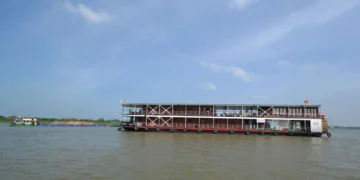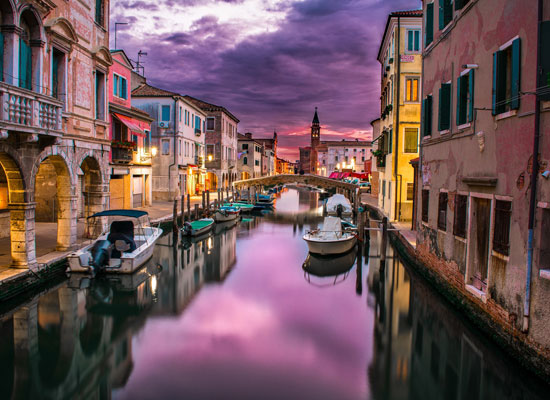1. How to Enter Vietnam
- Main International Gateways: The three busiest airports are Hanoi (Noi Bai – HAN), Da Nang (DAD), and Ho Chi Minh City (Tan Son Nhat – SGN), with hundreds of international flights arriving daily.
- From North America: There are no direct flights to Vietnam. Travelers usually transit via China (Beijing, Guangzhou, Hong Kong), Japan (Tokyo), or South Korea (Seoul) before arriving in Hanoi or Ho Chi Minh City.
2. Best Transportation Options Within Vietnam
🛫 Domestic Flights
- Fastest Option: Traveling from the North to the South takes only about 2 hours – perfect if you have limited time.
- Popular Airlines: Vietnam Airlines, VietJet Air, and Bamboo Airways operate flights between major cities such as Hanoi, Ho Chi Minh City, Da Nang, and Phu Quoc. Prices start from around $30 USD when booked early.
🚉 Reunification Express Train (North – South Railway)
- This scenic 1,726 km train journey takes 29–34 hours and passes through breathtaking landscapes such as Hai Van Pass, Hue, and Nha Trang.
- Various seat classes are available: soft seats, 4–6 berth sleepers, and luxury tourist cabins – ideal for those who enjoy slow travel.
🚌 Buses and Sleeper Buses
- Most affordable: Long-distance buses cost from $10 USD. Sleeper buses are convenient for overnight trips.
- Downsides: buses sometimes stop in the middle of the night, have no onboard toilets, and may be uncomfortable for those with large luggage or who prefer more space.
🛵 Motorbikes & Easy Riders
- Perfect for adventurous travelers, especially in rural regions like Ha Giang, Mai Chau, and Hai Van Pass.
- Safety note: traffic in Vietnam can be chaotic, so if you’re inexperienced, consider hiring an “easy rider” – a local driver who can take you safely on your journey.
3. Getting Around in Cities
- Grab / GoJek: Ride-hailing apps are the most convenient way to travel short distances with clear pricing.
- Taxis: Traditional taxis like Mai Linh and Vinasun are widely available, but using apps is recommended to avoid scams.
- Public Buses: The cheapest option, but routes can be confusing for tourists.
- Metro: Ho Chi Minh City launched its first metro line (Line 1) in late 2024, and Hanoi is expanding its network – a great alternative to avoid traffic jams.
✅ Quick Comparison Table
| Transport Mode | Pros | Cons |
|---|---|---|
| Domestic Flights | Fast, convenient | Higher cost |
| Overnight Train | Scenic, comfortable sleeper cabins | Time-consuming, must book early |
| Sleeper Bus | Very cheap, overnight travel | Less comfort, unpredictable stops |
| Motorbike / Easy Rider | Freedom to explore, flexible | Risky if inexperienced |
| Grab / Taxi / Bus | Easy within cities | Traffic congestion, occasional scams |
| Metro | Modern, avoids traffic | Limited coverage (still expanding) |
4. Useful Travel Tips Before You Go
- Visa & Passport: Your passport must be valid for at least six months. Many travelers can apply for an e-visa online or obtain a visa on arrival with an invitation letter. Phu Quoc offers a 30-day visa exemption for many nationalities.
- Currency: The Vietnamese Dong (VND) is the official currency. Carry some cash as credit cards are not widely accepted in local markets or small restaurants.
- Traveling with Family or Seniors: Consider hiring a private car with a driver and local guide for comfort and flexibility.
📌 Final Thoughts
Whether you are traveling from North to South or exploring hidden gems like Phong Nha, Ha Giang, or Ha Long Bay, each mode of transportation offers unique advantages. Balance speed, cost, and experience to make the most of your Vietnam adventure.




















